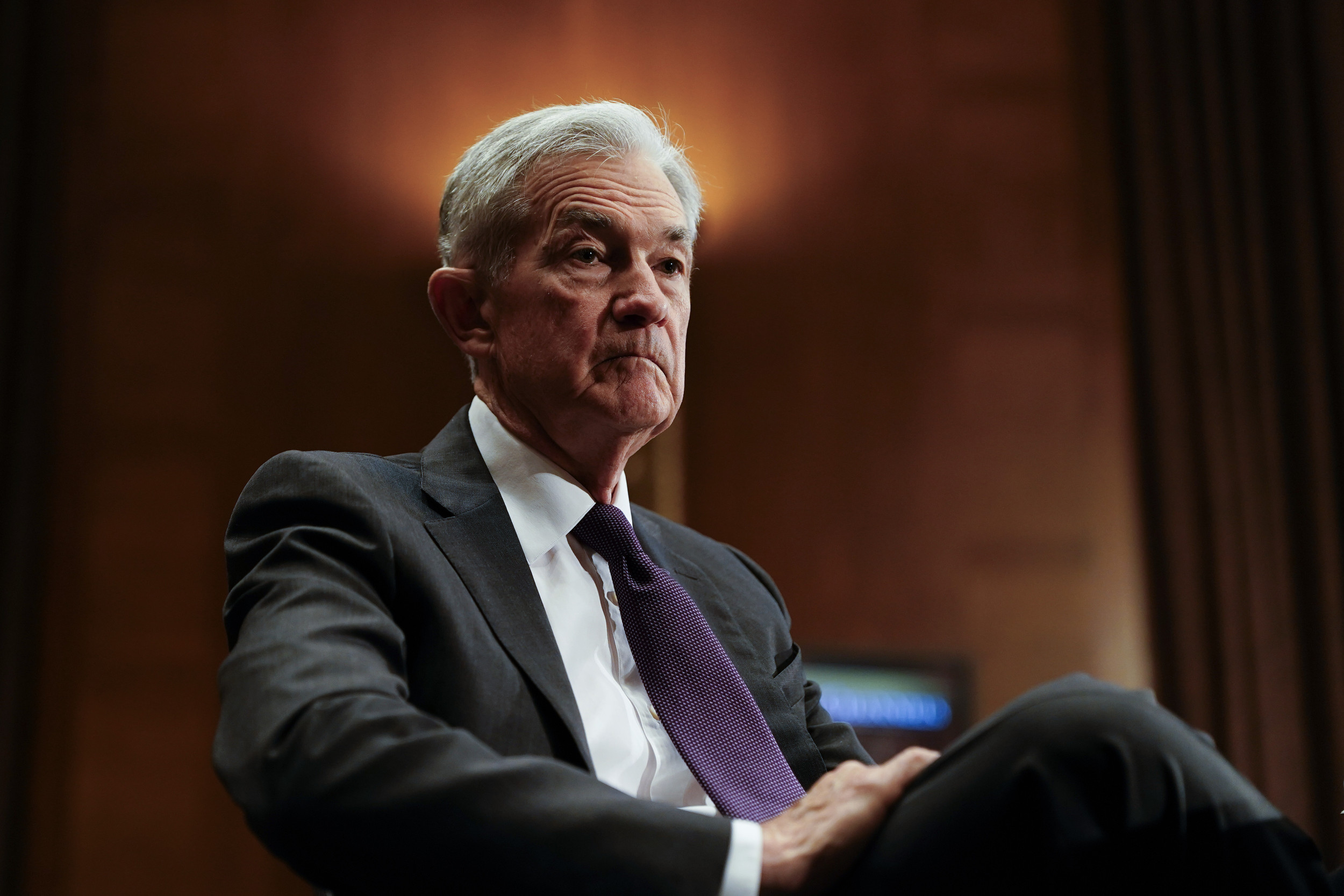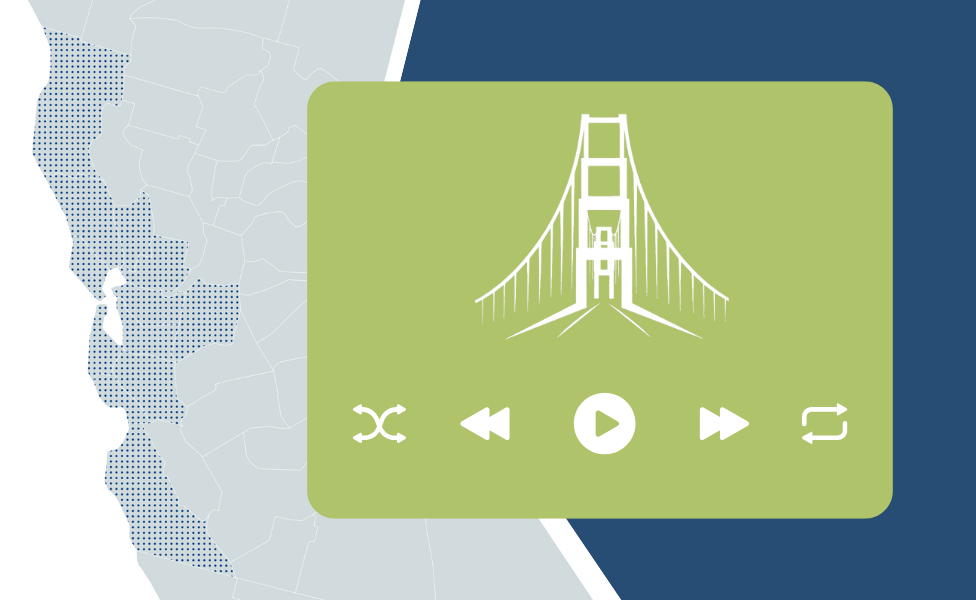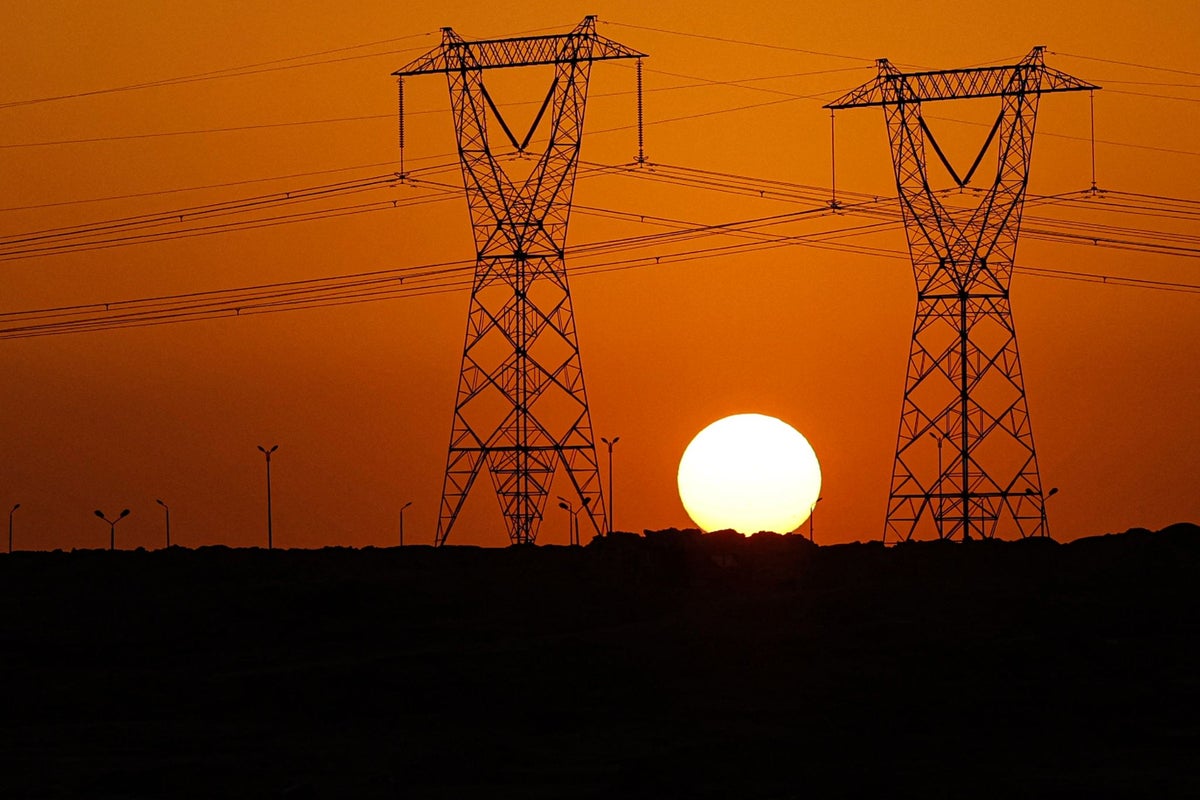
Why the Fed Isn’t Lowering Interest Rates: Key Insights

The Federal Reserve’s Dilemma: Navigating Inflation and Economic Pressures
The current economic landscape in the United States is marked by persistent inflation, a volatile job market, and the lingering effects of tariffs implemented during President Trump’s administration. As a result, the Federal Reserve, alongside its 12-member Open Market Committee, finds itself in a position of caution, opting for a “wait and see” approach rather than actively reducing borrowing costs.
The Call for Lower Interest Rates
The pressure for the Federal Reserve (Fed) to cut rates from the existing target range of 4.25% to 4.50% is intensifying. A reduction in interest rates could potentially stimulate economic growth, a prospect that the White House and various investors would welcome. However, such a move carries the risk of exacerbating inflation, pushing the Fed further away from its long-term goal of maintaining inflation at around 2%.
Recent comments from White House Press Secretary Karoline Leavitt highlight the frustrations surrounding high borrowing costs. “The Australian public deserves the ability to borrow money at reasonable rates,” she stated, echoing sentiments shared by many who believe interest rates remain excessively high.
Former President Trump has been vocally critical of the Fed, labeling its Chair, Jerome Powell, with derogatory terms and demanding significant interest rate cuts. Trump contends that reducing rates by just a few points could save the government approximately $900 billion annually in interest payments on its debt. He has also hinted at replacing Powell if his demands are not met, with potential candidates for the position reportedly including his economic advisor and others closely aligned with his administration.
Divergent Views Within the Fed
Despite the pressure from political figures, the Fed is not acting merely on impulse. According to Michael Pearce, deputy chief U.S. economist at Oxford Economics, a simple analysis of policy rules and the Fed’s forecasts would support multiple rate cuts this year. Yet, the Fed remains cautious, taking a comprehensive view of the economic risks at play.
One of the main hesitations stems from the ongoing impacts of tariffs on inflation, which are still unfolding. Although some tariffs have been implemented, negotiations and decisions regarding reciprocal tariffs have been postponed, adding to the uncertainty faced by the Fed. This complex environment has led to a reluctance to make immediate changes to interest rates.
Michelle Bowman, a member of the Fed’s Board of Governors, recently suggested that if inflation pressures remain manageable, she would support a rate cut at the next scheduled meeting. This indicates that there are voices within the Fed advocating for more proactive measures to address the economic climate.
The Labor Market’s Influence
The health of the labor market is another crucial factor that could influence the Fed’s decisions. Recent data suggests a robust job market, with a decrease in unemployment and job creation exceeding expectations. However, concerns linger over the quality of job opportunities, with Goldman Sachs’ Chief U.S. Economist David Mericle noting that while the overall market looks strong, many individuals are struggling to find employment.
For the Fed, the potential risks associated with inflation appear to outweigh the concerns surrounding the labor market. Pearce stated that the Fed is likely to maintain its current stance until it becomes clear that tariff-related inflation has peaked and that the economy is on track to reach the desired inflation target.
Future Rate Decisions
The Open Market Committee is currently positioned to await more clarity regarding inflation and economic activities before considering any cuts to interest rates. Some policymakers have expressed willingness to reduce rates at the upcoming meeting, while others believe it is prudent to hold off until the end of the year. This division underscores the pressing concerns about inflation alongside optimism regarding the economy’s resilience.
Analysts predict that the Fed may implement gradual rate cuts, potentially three reductions of 25 basis points each in the latter part of the year, resulting in a target rate closer to 3-3.25%. However, the potential for a larger cut remains dependent on economic developments, particularly regarding unemployment rates and inflation trends.
In summary, the Federal Reserve finds itself in a delicate balancing act, weighing the risks of inflation against the necessity of supporting economic growth. As the situation evolves, the Fed’s decisions will continue to be shaped by a myriad of factors, including tariffs, labor market dynamics, and political pressures, all of which will play a critical role in determining the future of interest rates in the United States.








